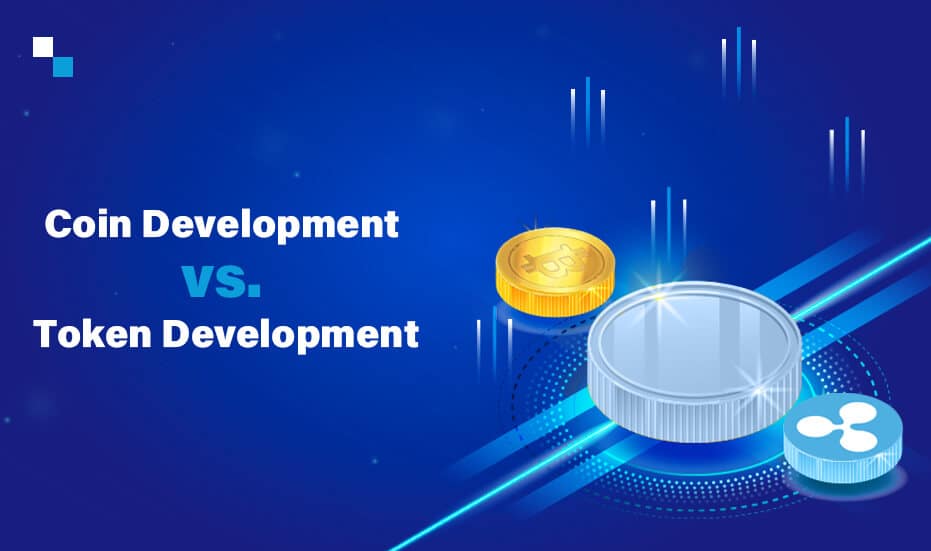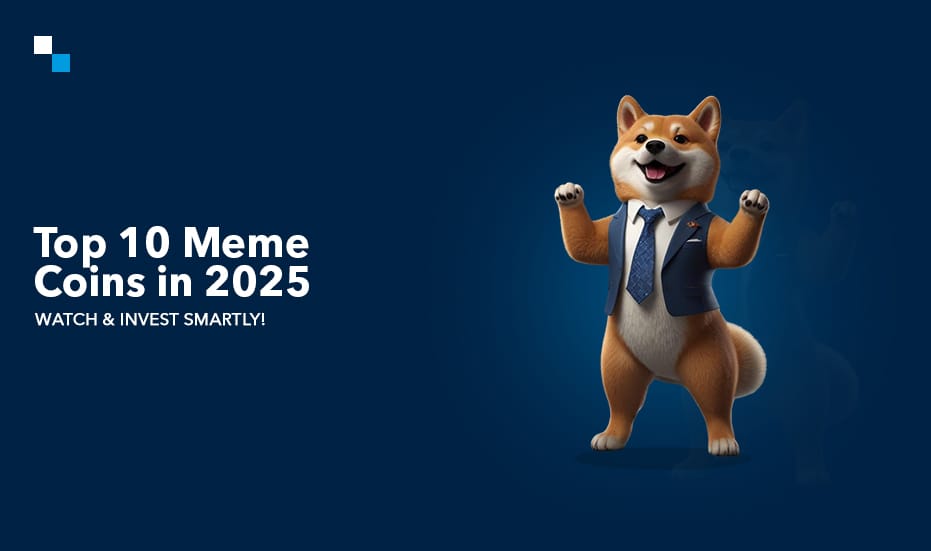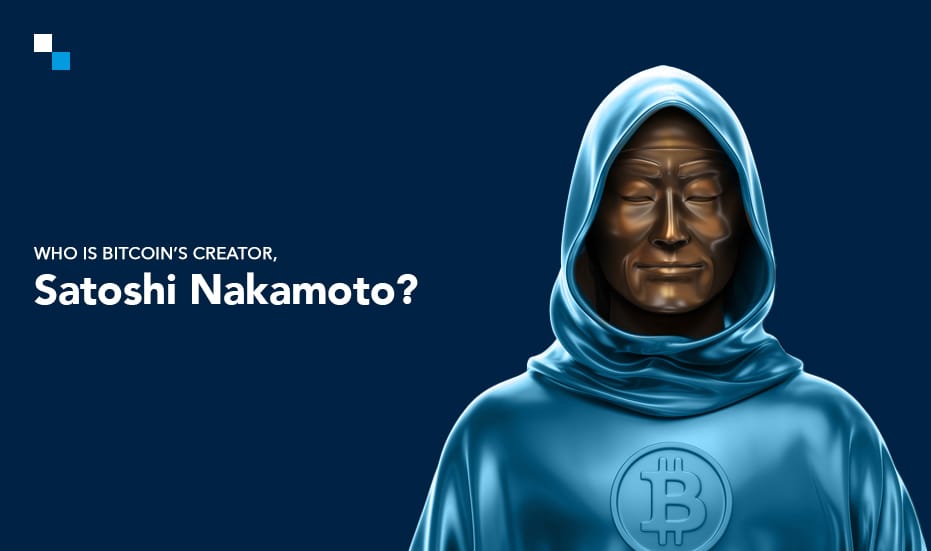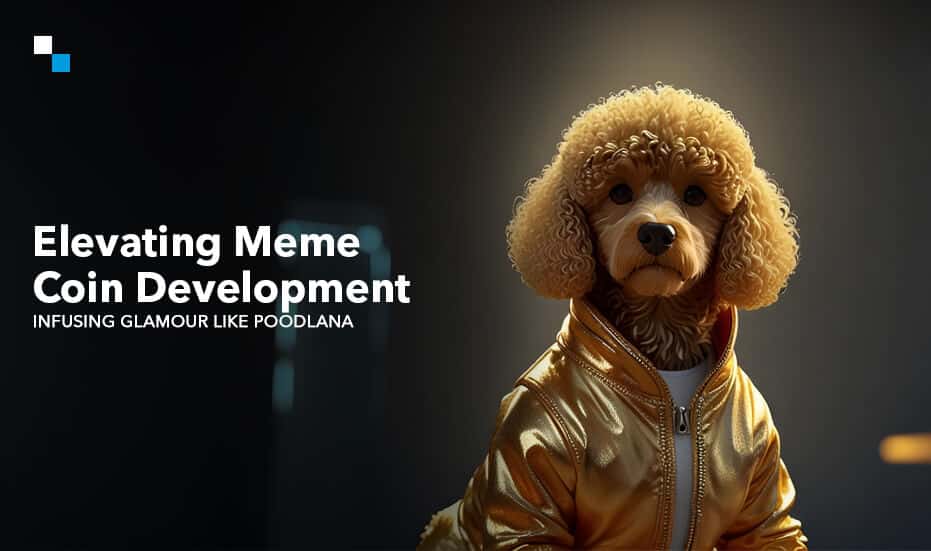
An Insight into Polkadot Wallet and its Features
June 8, 2021
What is Polkadot Blockchain and why is it considered better than Ethereum?
June 15, 2021On February 5, 2021, the global cryptocurrency market cap was close to $1.15 trillion. According to the data from CoinMarketCap, currently, there are over 9,541 coins and their market cap is now over $1.68 trillion. That means in the last 5 months, the market cap went up by over 41% which is an impressive number. Interestingly, the two major contributors to the cryptocurrency market cap are the upward price movement and crypto coin development. The Coinmarketcap data suggests that on average, one new cryptocurrency gets listed on the portal every day.
Subcategories of Cryptocurrencies
From a broader perspective, cryptocurrencies are divided into two major categories. These are coins and tokens, and very often we use these two terms interchangeably. However, there exists a big difference between the two from business and technical perspective.
What is a crypto coin?
A coin is a crypto asset that is driven by its own blockchain. For example, bitcoin is a crypto coin because it runs on the Bitcoin blockchain. Similarly, Ethereum coin development involved the creation of Ether coin on the Ethereum blockchain. This means as a business operator if you wish to carry out crypto coin development, you need to get a new blockchain developed.
What is a crypto token?
A token is a crypto asset that is developed on a blockchain that already exists. For example, ERC20 token development can be carried out on the Ethereum blockchain. These tokens are smart contracts that are programmed to function in a certain way. So as a business operator if you wish to utilize the infrastructure of a blockchain and create a crypto asset on it that is different from the native coin, you can do it by token creation.
Platforms for Token development
Ethereum was the first blockchain to support the creation of tokens. The platform has provided users ERC-20 token standard which defines the rules that support seamless interaction of these tokens. Following Ethereum, many other blockchains like NEO and EOS also provided tools to allow token development on top of them:
Ethereum
To create a token on Ethereum, one needs to code the token parameters in Solidity which is Ethereum’s own programming language. Some of the most important parameters are token name, token symbol, deciding up to how many decimal places is your token divisible. Apart from these, 6 more parameters need to be considered.
• totalSupply: For every ECR-20 token, the smart contract requires you to code the total supply cap. For example, Bitcoin has a total supply cap of 21 million. Once the token generation reaches this limit, no new tokens will be generated.
• balanceOf: As the name suggests, this parameter reflects the balance of a particular wallet address.
• transfer: This parameter helps establish the method by which a certain number of tokens will be transferred from the total supply to a particular wallet address.
• transferFrom: This parameter helps establish the method to transfer assets between the two token users.
• approve: This parameter is coded to define the method to verify whether a smart contract can allocate a certain number of tokens to a user.
• allowance: This parameter checks the wallets’ balance to determine if a certain number of tokens can be sent to another user.
NEO
NEO is another very popular blockchain that supports the development of tokens on top of it. It used a standard called NEP-5 to define the rules to create a token. Interestingly, NEO does not restrain developers from using only Solidity-like language to write the smart contracts for token creation. In fact, the developers can use any high-level programming language like C#, Java, Python, and Kotlin to develop unique tokens on NEO.
EOS
Another very popular blockchain that supports token development is EOS. It uses the EOSIO.Token standard to define the rules of tokens. Just like NEO, it allows the use of languages like C++ to develop tokens. At a certain point in time, many developers preferred EOS over Ethereum for token creation as EOS is scalable, offers higher TPS, and is cost efficient.
Wrapping it up
As is evident from the article, a number of blockchains can be used to develop new tokens. However, to strategize, design, and then develop a token, blockchain development expertise is required. That’s because smart contract development tools are still in infancy and one cannot risk the security of smart contracts as they are the actually processors of monetary transactions.
Antier Solutions houses a team of over 150 blockchain developers who hold strong expertise in prototyping, developing and testing token or crypto coin development process. If you have a token development idea in mind, bring it to us and let us together turn it into reality.
Connect with our subject matter experts to share your need for crypto coin development or schedule a free demo of one of our coin and token development projects.



